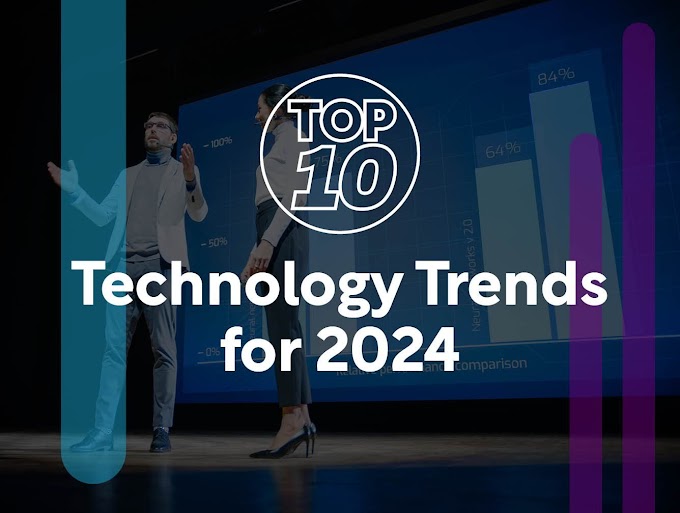Ivan Sutherland, the creator of one of the world’s first virtual reality systems in 1960 stated that “The ultimate display would, of course, be a room within which the computer can control the existence of matter. A chair displayed in such a room would be good enough to sit in. Handcuffs displayed in such a room would be confining, and a bullet displayed in such a room would be fatal.”
We may haven’t come anywhere near Ivan Sutherland’s vision yet, and perhaps we don’t want to. But therecertainly are engaging virtual and augmented realities today.
VR makes it possible for users to immerse themselves in constructed surroundings that depict the actual places or imaginary worlds. AR overlays contextual information on the immediate physical environment users see before their eyes, thus blending digital components and experiences with real life.
Ability to visualize a design that originates on the computer screen, as it is meant to appear in the real world, visual recognition and monitoring of various components, bug identification through comparison with known-working systems are just some of the way in which AR and VR could be useful. Could being the operative word, as is often the case with pushing the envelope of innovation, the true benefits are often not realized until the adoption curve has matured.
We may haven’t come anywhere near Ivan Sutherland’s vision yet, and perhaps we don’t want to. But therecertainly are engaging virtual and augmented realities today.
VR makes it possible for users to immerse themselves in constructed surroundings that depict the actual places or imaginary worlds. AR overlays contextual information on the immediate physical environment users see before their eyes, thus blending digital components and experiences with real life.
 |
| (Image credits: Tubefilter) |
What are benefits for us?
- Computer vision allows devices to extract information from real time images and the surrounding area. This, linked with GPS systems can help a device recognize your location, giving traffic directions, alternative routes, and even identifying hazards. It could even tell your car to activate the brakes, if it recognizes a motorbike indicator or a hand signal from a cyclist that you missed.
- Designing for AR and VR requires new enabling tools and services. High-definition 3D image capture and mapping equipment are emerging, accelerating developer’s abilities to recreate real world physical environments within new AR and VR tools.
- Consumer-tech aside, within engineering, design and architectural companies, the power of these smart glasses is virtually endless. Through the use of digital eyeware, a wealth of information can be stored and linked to physical products in the building. When you look at a water pump, for example, the last service information and audit could pop up over the product, which can then be linked to the service manual and even a step-by-step guide to show how to dismantle and repair the elements.
So, what does the future hold for AR and VR in Engineering?
AR can allow an engineer or designer to design a product right in the environment it will go in, allowing them to be aware of space restrictions or other obstacles.Ability to visualize a design that originates on the computer screen, as it is meant to appear in the real world, visual recognition and monitoring of various components, bug identification through comparison with known-working systems are just some of the way in which AR and VR could be useful. Could being the operative word, as is often the case with pushing the envelope of innovation, the true benefits are often not realized until the adoption curve has matured.



0 Comments